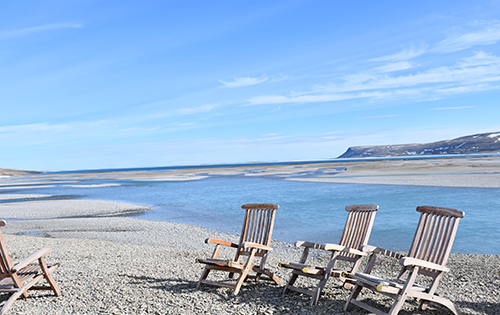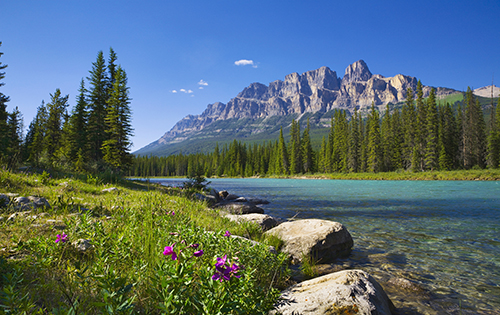Articles found in: Canada

A Culinary Journey Across Borders: How Food Connects Us to the World
Published on July 28, 2025
A Culinary Journey Across Borders: How Food Connects Us to the World By Cindy Clarke, Tauck Food has long served as a delicious passport to other cultures, revealing the traditions, values, and rhythms of life in cultures around the world. Whether you are hand-rolling pasta in an Italian kitchen with an affable chef, sipping wine […]
Keep reading
Wildlife Viewing with Arctic Watch for the Active Traveler
Published on February 11, 2019
By Daven Hafey, Quark Expeditions Wildlife guide and documentary producer Daven Hafey has a passion for all things related to wildlife, weather, tides and Indigenous culture. He has guided on more than 40 polar expeditions, in the Canadian Arctic, Greenland, Alaska and the Antarctic. The Arctic. Just speaking the name evokes a wide array […]
Keep reading
A Safari North of the Arctic Circle
Published on September 5, 2018
By John Newton, AFAR Ambassador Travelers with Quark Expeditions photographing belugas in Cunningham Inlet on Somerset Island Every year, thousands of travelers head to Africa in the hope of seeing the famous “Big Five” animals—lion, leopard, rhinoceros, elephant, and Cape buffalo—during a stay at one of the continent’s safari camps. Far fewer, only a […]
Keep reading
Travels to the Far North
Published on August 28, 2018
By John Newton, AFAR Ambassador In March 2016 I traveled to the north of Canada—Manitoba, and specifically the town of Churchill, on the edges of Hudson Bay. The trip was centered around a dinner at a fort once used by the Hudson Bay Company where the meal would, according to the plan, conclude with […]
Keep reading
CANADA IS TURNING 150!
Published on March 8, 2017
By Terry Dale, President and CEO, USTOA As our neighbors to the north celebrate their nation’s sesquicentennial anniversary, there’s no better way to join the festivities than a trip to see Canada’s inspiring landscapes, vibrant cities, native cultures and much more. To honor this historic milestone, the members of USTOA are offering new Canadian […]
Keep reading
Confessions of a Tour Skeptic
Published on March 1, 2017
By John Newton, AFAR Ambassador I want to come clean about something, even at the risk of making USTOA somewhat uncomfortable. When AFAR first contacted me to find out if I would be interested in traveling to the Canadian Rockies on a tour with Collette, part of me was enthusiastic. I’d have the chance to […]
Keep reading
Alberta, Like a Local
Published on February 22, 2017
By John Newton, AFAR Ambassador In almost 20 years of working as a travel writer and editor, I’ve often been reminded that a good strategy for experiencing any destination like a local is to visit in the off-season. Paris in July is wonderful, no doubt, but there’s also something appealing about it in November, when […]
Keep reading
